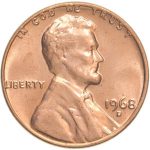
Years and Mint Marks of Special Pennies
The American penny is perhaps the most iconic and the most instantly recognizable “American” coin out there. It is often the first thing that people
To be a collector of coins, it’s important to learn basic coin terms, including the parts of a coin and the different finishes. That’s what this article focuses on.
2017 John F Kennedy half dollar with coin anatomy labeled:

Obverse
The front side coin is commonly called “heads”. The official term is obverse.
Reverse
The back side of the coins is often called “tails”. The official term is reverse.
Edge
The edge is the outer border of a coin. The edge is most clearly seen when you turn the coin to it’s thin side.
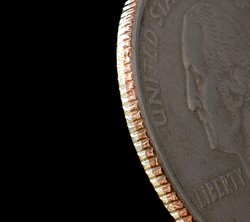
There are several types of edges for coins. Edges can be plain, reeded, lettered, or decorated.

Rim
The raised part of the edge on both sides of a coin that helps protect the coin’s design from wear.
NOTE: People often confuse the terms “Edge” and “Rim”. Take a look at the following diagram. It shows the difference.
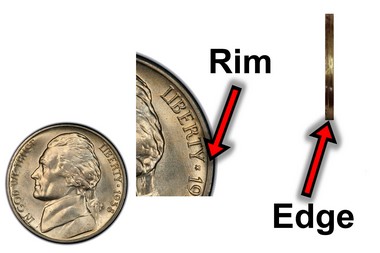
Legend
The principal inscription or lettering on a coin.
Mint Mark
A small letter on a coin used to identify where a coin was made.
P – Philadelphia Mint
D – Denver Mint
S – San Francisco Mint
W – West Point Mint
CC – Carson City Mint (closed)
O – New Orleans Mint (closed)
NOTE: The Philadelphia Mint typically did not put their mint mark on the coins they produced until recent times. If there is no mint mark, it is most likely a Philadelphia coin.
Relief
The part of a coin’s design that is raised above the surface.
Field
The flat portion of a coin’s surface not used for design or inscription.
Motto
Mottos are sayings on coins. “In God We Trust” is a motto. “E Pluribus Unum” is a motto. It translates to “Out of many, one”.
The Mint produces coins with various finishes, including circulating, uncirculated, and proof. Different production steps are used to make these coins.

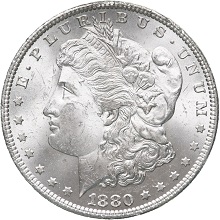
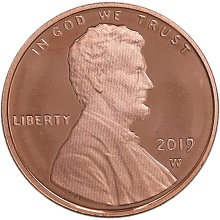
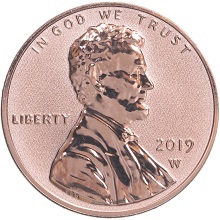
Circulating coins are made to circulate among people as they take care of their daily business of buying and selling. Another term for these coins is “Business Strike”. They are meant for use. The Mint produces these coins without the extra steps used for the other finishes.
There is a fine distinction that you should know when using the word “circulating” among other collectors. The coins were minted with the INTENTION that they would be used. This can be different than “circulated”. Circulated means the coin actually was USED. The Sacagawea Dollar (shown above) was originally intended for use. It was minted as a circulating coin. But, the one shown never was used for everyday business. The quarter below is circulated, meaning it actually was put into use.
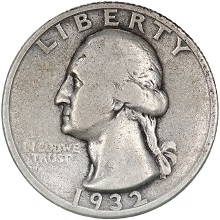
Uncirculated Coins
The Mint makes uncirculated coins for saving and collecting. They are produced the same way as circulating coins, but with quality enhancements to create a brilliant finish.
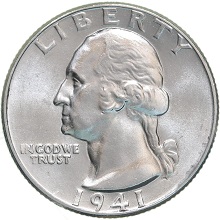
Proof coins have a mirror-like background with frosted design elements. The Mint uses a special process of manually feeding burnished coin blanks into presses with specially polished dies. Each coin is struck at least twice to bring out the details in the design.

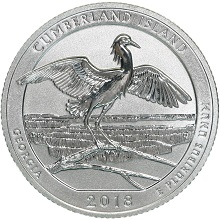
Reverse proof coins feature a frosted background with a mirror-like design.
Sometimes the Mint makes special enhanced uncirculated, proof, or reverse proof coins. Frosting or polishing is applied to certain areas of the coin to bring out even more detail.

A very few coins were minted with a slightly grainy consistency know as a “matte” finish.
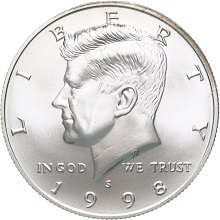
Satin finish coins have a soft, smooth feel and a diffused (not shiny) look to them. Coins were minted with this finish from 2005 to 2010.
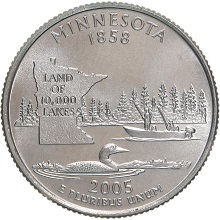
In addition to the terms listed above, it is good to review more. The Coin Term Glossary provided by the US Mint is very good. This and the other references used in writing this newsletter are shown below.
United States Mint – Anatomy of a Coin
https://www.usmint.gov/learn/collecting-basics/anatomy-of-a-coin
United States Mint – Coin Finishes
https://www.usmint.gov/learn/kids/collecting/coin-finishes
The Spruce Crafts – How To Describe Your Coins To Other Collectors
https://www.thesprucecrafts.com/describe-coins-to-collectors-768487
The Spruce Crafts – Difference Between the Coin’s Edge and Rim
https://www.thesprucecrafts.com/edge-vs-rim-768375
Wikipedia – Historical Unites States Mints (Shows all mints and mint marks)
https://en.wikipedia.org/wiki/Historical_United_States_mints
YouTube – How Coins Are Made . . . For Kids!
https://www.youtube.com/watch?v=pTm18offyuw

The American penny is perhaps the most iconic and the most instantly recognizable “American” coin out there. It is often the first thing that people
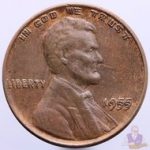
Here-in lies an area of coin collecting that is often misunderstood or not understood well enough. It is the subject of die doubling, a specific
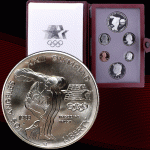
National Coin Week Here’s an excerpt from the Mint’s Website regarding National Coin Week, “The third week in April is National Coin Week, a week dedicated
The easiest way to get in contact with us is by filling out the form and submitting it.
We will contact you as soon as we can.
David Enders
PO Box 508
Athens MI 49011
The Dave’s Collectible Coins customer service goal is simple:
We are committed to providing our customers total satisfaction. Every time. Guaranteed.
For non-urgent matters please use the form in this popup. For urgent matters please call 269-742-4716.
Customer service is available Monday – Friday 8:00am – 4:30pm EST